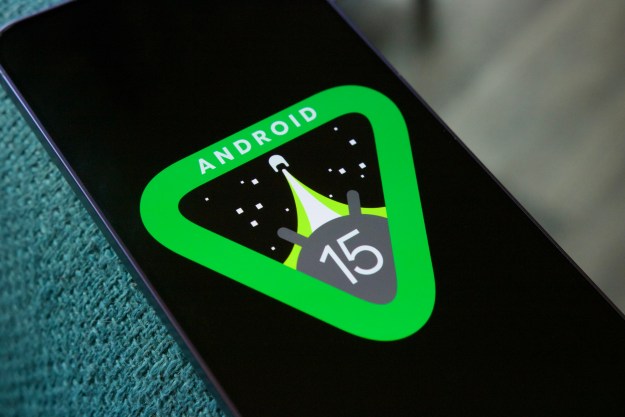The Lightning port is Apple’s precious creation that has been a staple on iPhones for years. And despite all the clamoring for putting a USB-C port on iPhones and making the smartphone world a better place without proprietary connectors, Apple continues to stick with it. Well, how about going the other way entirely and putting a Lightning port on an Android phone? As wildly improbable as that might seem, one engineering enthusiast has actually done it.
Ken Pillonel, a robotics student, has created what he calls the world’s first Android phone with a Lightning port. The fascinating experiment was done on a Samsung Galaxy A51, and the whole thing works. In a short video shared on YouTube, Pillonel says the Lightning port actually allows charging as well as data transfer. But as expected, this wasn’t an easy thing to accomplish. Pillonel notes that the whole process required complex modification, some out-of-the-box thinking, and a dash of DIY engineering.
And just in case you’re worried that it’s a cruel April Fool joke, Pillonel assured that the Lightning-toting Android phone is very much real. Not many technical details are available at the moment, but all will be revealed in an upcoming video detailing the step-by-step process for those with the guts to try replicating it. The biggest challenge, of course, was getting past the Lightning compatibility restrictions that Apple has meticulously put in place.
“The Lightning cables sold by Apple are not dumb,” Pillonel told Engadget. “They will only charge Apple devices. So I had to find a way to trick the cable into thinking it was plugged into an Apple device.” The project was created for fun and served as a personal challenge for Pillonel after he did something similar a few months ago. Pillonel made waves last year when he created what he calls the world’s first iPhone with a working USB-C port.
He detailed the whole process on video, and it is definitely not for the faint of heart to follow, since it requires a ton of knowledge about circuits and experience with complex machinery to get past all the intricate wiring and soldering requirements. Creating the Android phone with a Lightning port was a balancing act, something Pillonel referenced with a meme featuring the balance-obsessed Marvel archvillain Thanos.
He actually put that prototype iPhone up for auction on eBay, and it managed to attract bids north of $100,000. A lot of them were fake, and the listing eventually had to be pulled because of the mess created by trolls. Pillonel, however, wasn’t dissuaded by it. On his blog, the engineering student from the Swiss Federal Institute of Technology Lausanne says he is currently working on another project that replaces the Lightning port on an AirPods charging case with a USB-C cable. It appears that Pillonel is more motivated to resolve the messy port standardization situation on Apple hardware than the company itself.
Editors' Recommendations
- This one Apple Fitness feature completely changed how I exercise
- Nomad’s new iPhone case and Apple Watch band may be its coolest yet
- 5 phones you should buy instead of the iPhone 15
- Why you should buy the iPhone 15 Pro instead of the iPhone 15 Pro Max
- iPhone SE 4: news, rumored price, release date, and more




